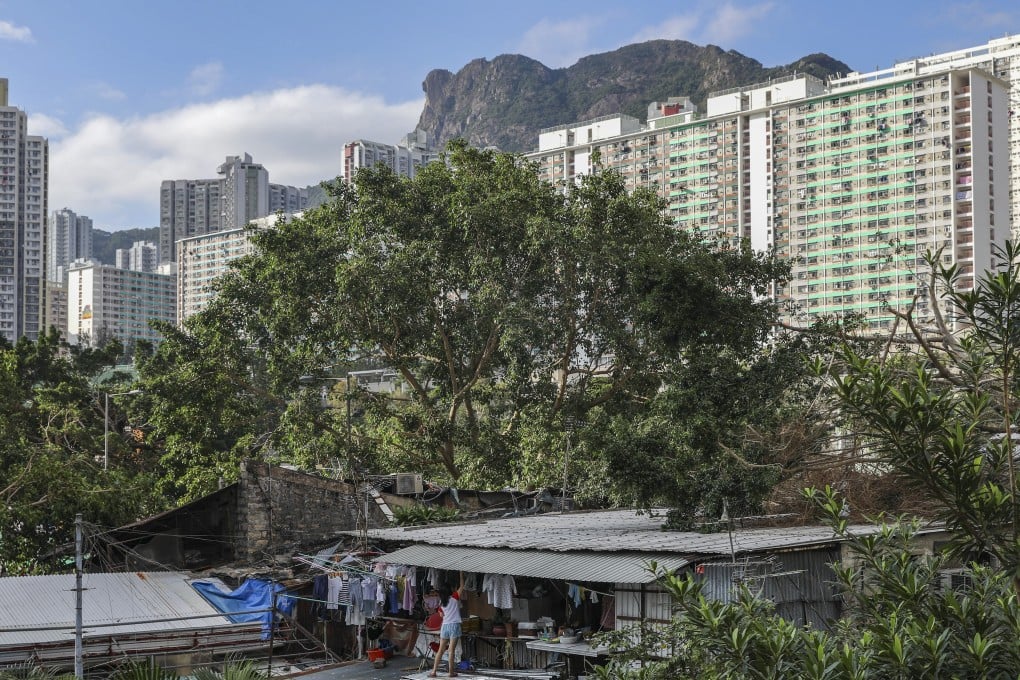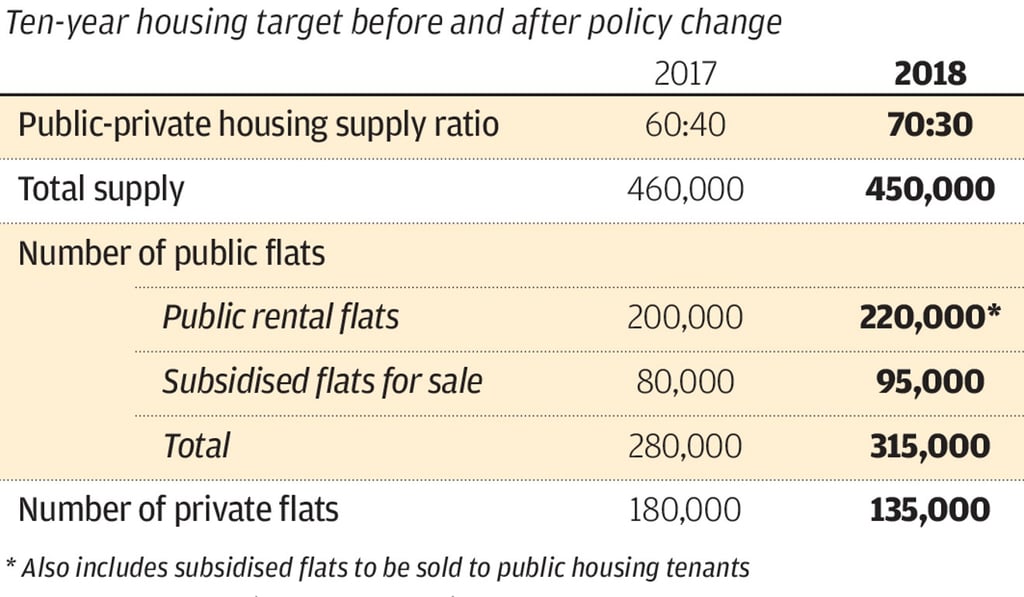Hong Kong to increase proportion of new public housing to 70 per cent of supply target over next 10 years, minister Frank Chan announces
- Split between public and private housing to be adjusted from 60-40
- Change means government will set aside fewer plots for sale to private developers and keep more land for construction of public housing

Hong Kong’s public housing supply will be ramped up to account for 70 per cent of the target for the next decade, the government announced on Friday in a major policy change to provide more affordable homes.
The move is a departure from a policy adopted in 2014, where public rental housing and subsidised flats accounted for 60 per cent of the total housing supply target, while the remaining 40 per cent would be private flats.
The change means the government will set aside fewer plots for sale to private developers and keep more land to build public housing.
Lawmakers and housing experts welcomed the move to allocate more of the supply target for public housing, but expressed worries that, without increasing land supply, the government’s pledge would end up an empty promise. Market watchers also expressed concern that the policy would slow down the cooling of an overheated property market.

Secretary for Transport and Housing Frank Chan Fan, who is in charge of reviewing and updating a rolling 10-year housing strategy every year, said the move was made to reflect new housing demand projections and changes in public opinion.